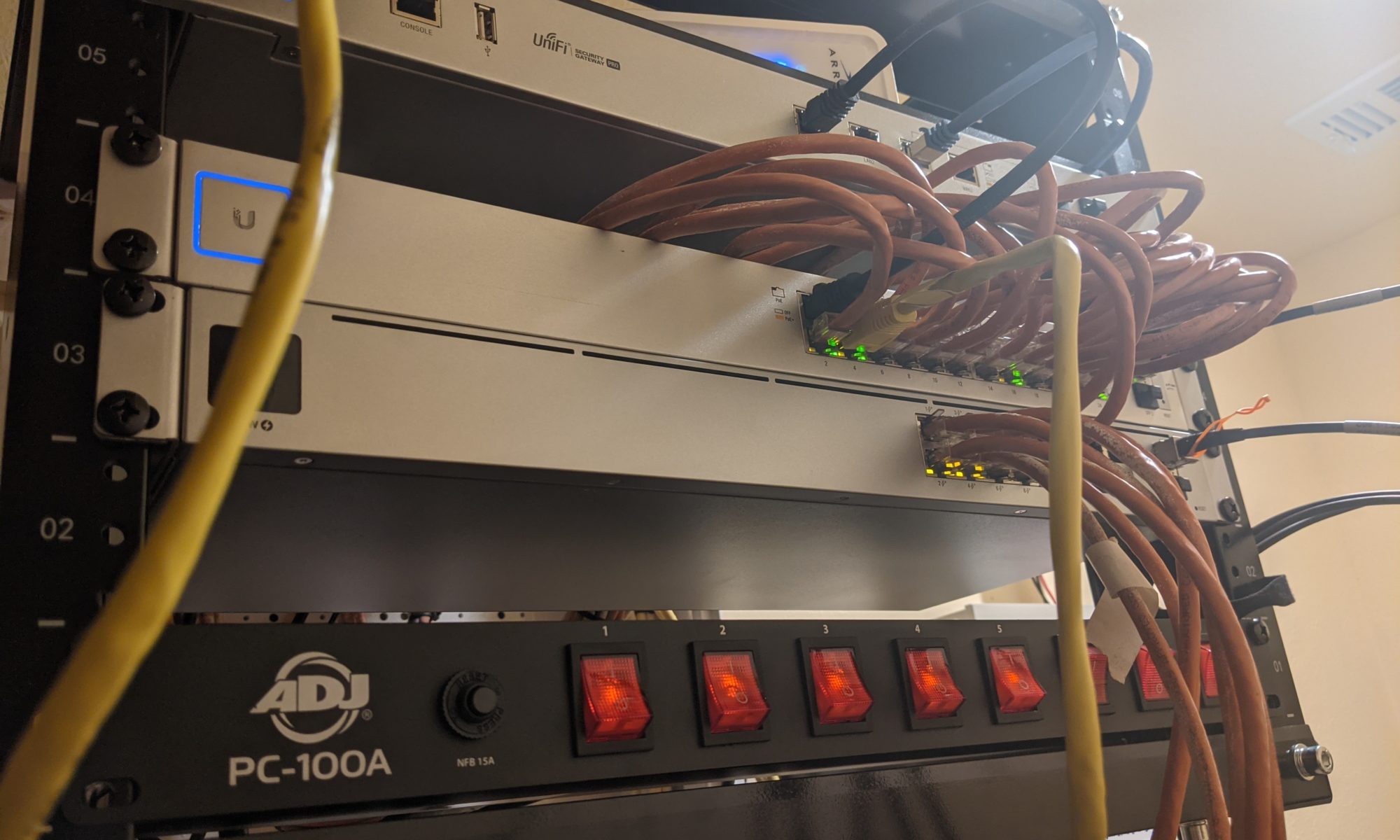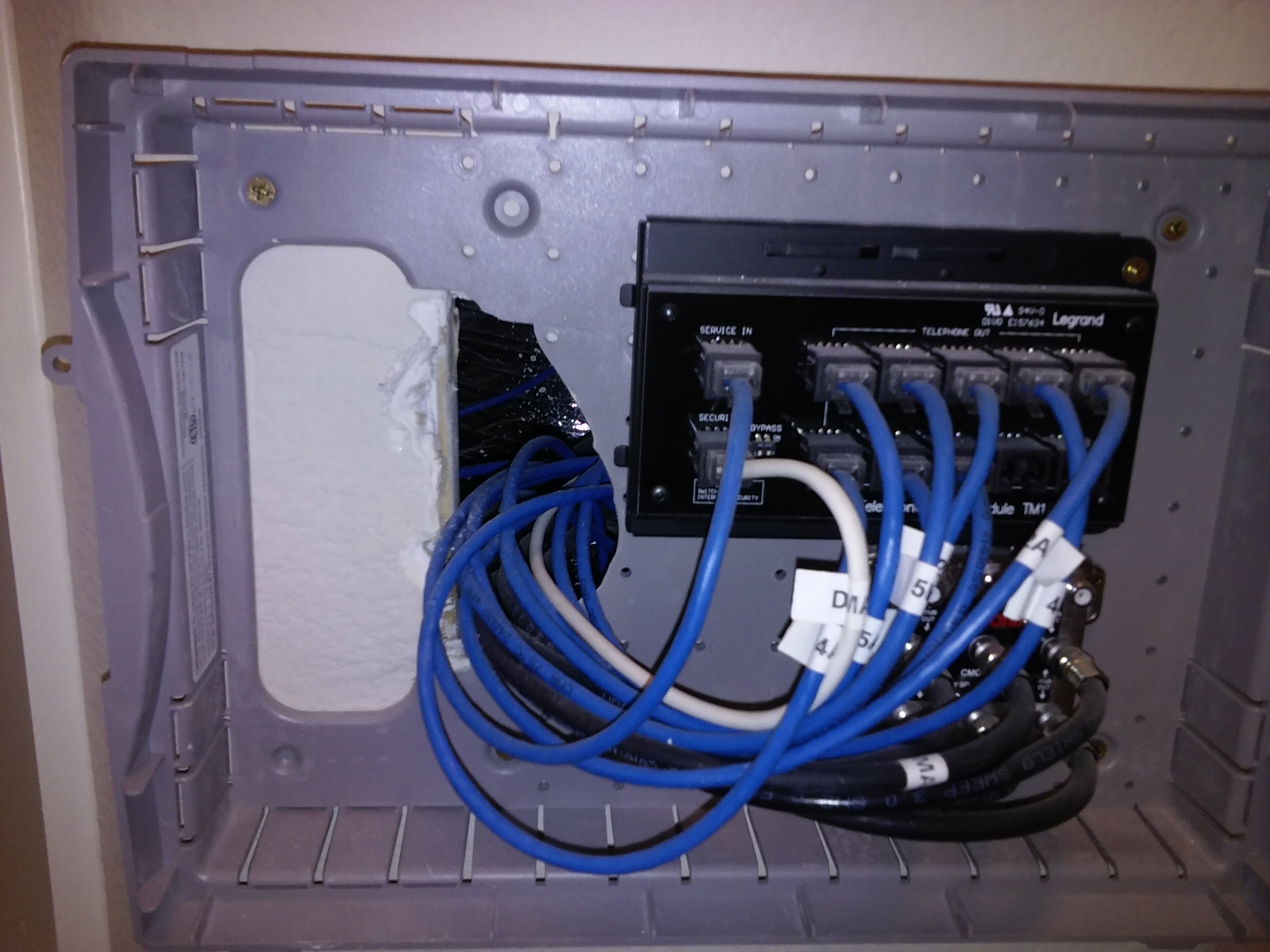I’ve been a bit annoyed by the default esphome-web names that many of my devices have. I haven’t tried renaming many of them, which seems to be simpler now than when I first renamed a few of them years ago. I also have a secondary issue in my ESPHome dashboard, devices showing as offline, but that are online in Home Assistant.
Continue reading “Renaming Hostnames in ESPHome”Additional Squeezelite Stream Stability
After I built out my two speakers running squeezelite on esp controllers, I ran into some issues when streaming music to them. Sometimes they would stutter, skip, or have other audio playback issues. I knew these weren’t problems with my media files, so it had to be my setup for the speakers.
Continue reading “Additional Squeezelite Stream Stability”Enabling Unifi QOS
With the limited bandwidth of my Comcast network and the various services I run all competing for it, it’s time to turn on some QOS services and rules on my Unifi network. We’ve been seeing problems with voice and video meetings that some standard QOS will hopefully remedy.
Continue reading “Enabling Unifi QOS”Network Layout
Here is a rough guide of how I have my network laid out. I haven’t really documented it before, so hopefully this covers the major points. I use a number of VLANS in my network to keep the IOT devices from being security threats, and prevent security devices from being able to access the internet (like security cameras).
I will write up a longer guide later on when I have some time, for now the short of it. The hardware is mostly Unifi gear with a Unifi controller running on my Proxmox host. This is the same host I run home assistant on (all virtual machines). The Unifi controller lets me configure my whole network in one pane of glass, its a bit of a pain at times, but for me the convenience has outweighed the higher price and limitations so far.
Continue reading “Network Layout”Fixing network problems in HASS
Recently I have been working on fixing the configuration issues in my home assistant installation. I run the supervised mode on an Ubuntu VM that I setup myself with some scripts (since it’s not supported by the official installer). Due to this, I encountered a problem with network manager in home assistant that caused home assistant to lose Internet access (so unable to download updates) even though the VM has no problems accessing the Internet as a whole.
Continue reading “Fixing network problems in HASS”Fixing the Unifi MDNS Repeater
I managed to get MDNS working earlier this year to enable my ESPHome projects to avoid having all static IP addresses and let home assistant auto-detect them. However… after some firewall tweaking recently, it all broke. So it was time again to figure out how to get MDNS to work in the Unifi system.
Continue reading “Fixing the Unifi MDNS Repeater”MDNS Across Unifi VLANs
I started working on some hardware projects related to home assistant using the ESP8266. in working on these I learned that the ESP devices use mDNS to advertise their hostnames for communicating with them. My devices however are on a separate VLAN that’s unable to communicate with the internet, and that VLAN was also blocking the mDNS updates from making it through to home assistant, keeping it from being able to know the hostnames. I could use static IPs for this, however I want to avoid locking all my little smart devices to static IPs.
Continue reading “MDNS Across Unifi VLANs”Network Rack Upgrade
I recently needed to build out a new network. The new network had a box in place that I could use for gear, however that box wasn’t big enough for any rack mount gear. I decided to mount a rack over the top of the box to handle all of the gear and keep it organized. With the new network, also came with a need to expand the number of switch ports I have available. I set it up to drive POE to all the end points so that I could have better centralized power.
Continue reading “Network Rack Upgrade”DNS Structure

The goal of the DNS structure of my lab was primarily to create a very stable foundation. Second to that, was the addition of two services, the first a local DNS server to avoid loopback issues with my ISP, and the second was pihole ad blocking.
To set this up, UCS was chosen as a domain controller/DNS server over FreeIPA. Linux was chosen as the platform of choice as that is what a majority of my systems are, and I don’t have any windows server licenses. UCS was installed to a VM, and a second ubuntu VM was configured with PiHole. These were configured to handle local queries first, then everything else. If one of my local DNS servers is down, the clients won’t notice a change as everything uses Google DNS as backup.
Network Setup Evolution
The network in the house has never really sat well with me, starting with the pre-installed phone splitter to the gaping hole the contractors left in the wall for the cables. This then comes to a summit since there were NO outlets near the Ethernet for the entire house.


